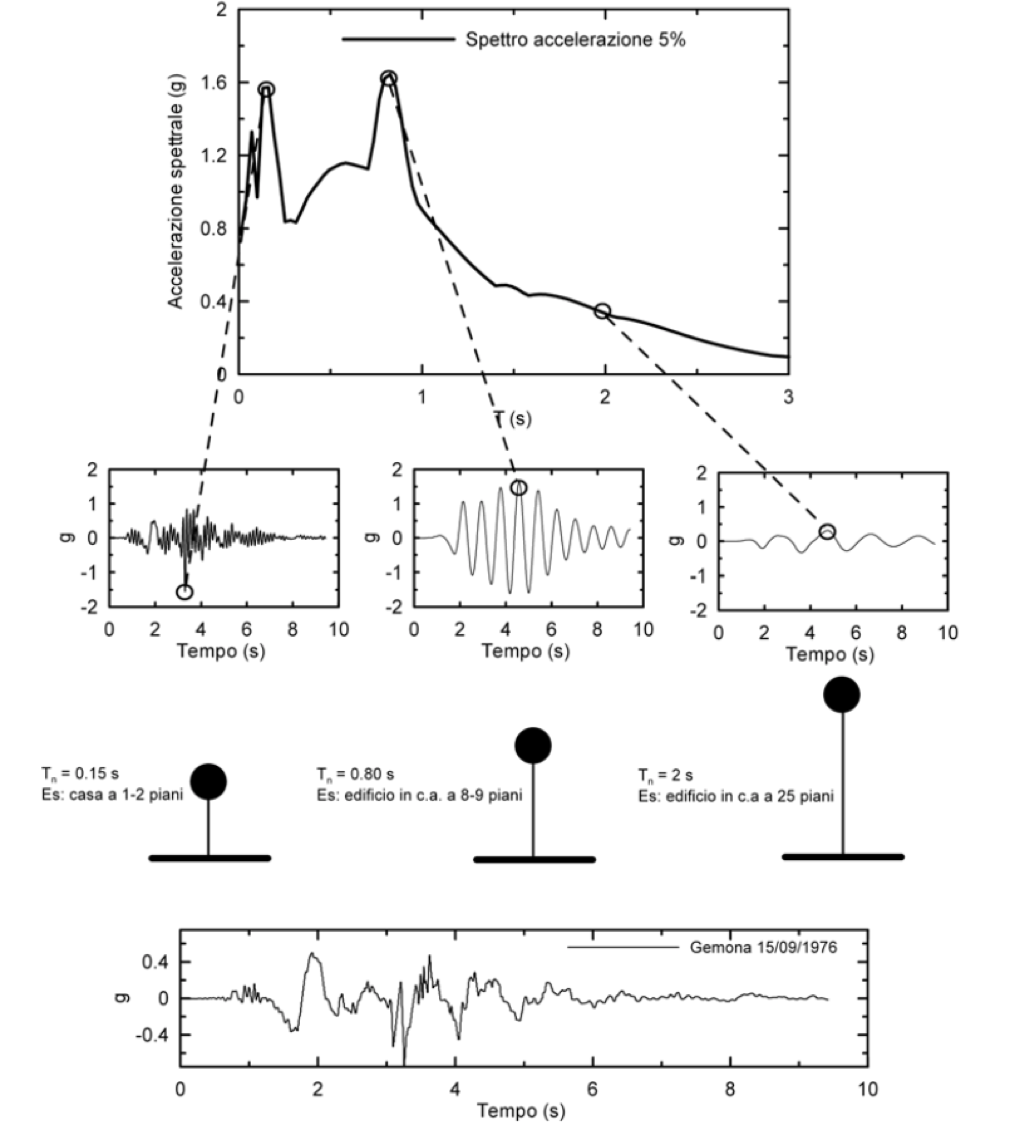Glossary
Glossaries
| Term | Definition |
|---|---|
| Morphology | This heading indicates the morphology of the site where the recording instrument is located.
Hits - 634
|
| Network | A seismic network indicates the a set of recording instruments (short-period, broadband, or accelerometric sensors) managed by a single institution. |
| Network Code | The code associated to the recording Seismic Network according to the International Federation of Seismograph Network.
Hits - 592
|
| Nodal Plane | The two orthogonal planes that intersect the focal sphere surrounding the earthquake source; the fault plane is the nodal plane on which the slip occurs.
Hits - 753
|
| Nucleation Point | The point over the fault plane where an earthquake rupture starts (see Hypocenter).
Hits - 588
|
| PGA | The PGA (Peak Ground Acceleration) denotes the maximum ground acceleration recorded during the seismic shaking by the three components of the seismic station.
Hits - 669
|
| PGD | The PGD (Peak Ground Displacement) denotes the maximum ground displacement recorded during the seismic shaking by the three components of the seismic station.
Hits - 804
|
| PGV | The PGV (Peak Ground Velocity) denotes the maximum ground velocity recorded during the seismic shaking by the three components of the seismic station.
Hits - 597
|
| Proximity to Structure | Feature of the station indicating proximity to structures which could influence the seismic response of the soil (i.e. Free-field, Close to structure, No information, Inside structure, and Strcture related free-field)
Hits - 573
|
| Pulse Azimuth | The bearing, relative to north, along which the double-sided pulse in the velocity trace is detected.
Hits - 549
|
| Pulse Like | Waveform characterized by double-sided pulse in the velocity trace.
Hits - 571
|
| Rake | A parameter describing the slip direction on a fault, measured as an angle in the fault plane between the fault strike and the slip vector
Hits - 1672
|
| Recurrence interval | The average time span between two comparably large earthquakes on a particular seismogenic fault.
Hits - 601
|
| Response Spectrum | The response spectrum provides the maximum response (in terms of relative displacement, relative velocity or absolute acceleration) of an harmonic single-degree-of-freedom (dof) oscillator, subject to an arbitrary accelerogram, as a function of the structural period Tn and of thedamping ratio ξ (usually a standard value equal to 5% of the critical damping is used, generally applicable to structures). The maximum amplitude of the response is obtained by integrating the equation of motion of the harmonic oscillator:
where: y(t) is the relative displacement of the oscillator with respect to the ground, ä(t)is the absolute acceleration of the oscillator, and ωn is the oscillator natural circular frequency The following definitions are introduced: displacement spectrum (relative)
velocity spectrum (relative)
acceleration spectrum (absolute)
The pseudo-acceleration and pseudo-velocity spectra are also widely used in practice. They are defined as a function of the displacement spectrum as follows:
pseudo-acceleration spectrum:
pseudo-velocity spectrum:
The meaning of the acceleration response spectrum and the procedure for computing the spectral ordinates for selected periods on one of the ITACA records is illustrated in the following figure:
Example of construction of the acceleration response spectrum for the Gemona accelerogram (EW component, bottom) recorded during the Friuli earthquake, 15/09/1976, 03:15.
Hits - 999
|
| RotD00 | Minimum value of the distribution of the intensity measures (e.g. PGA) of the rotated waveforms
Hits - 545
|






